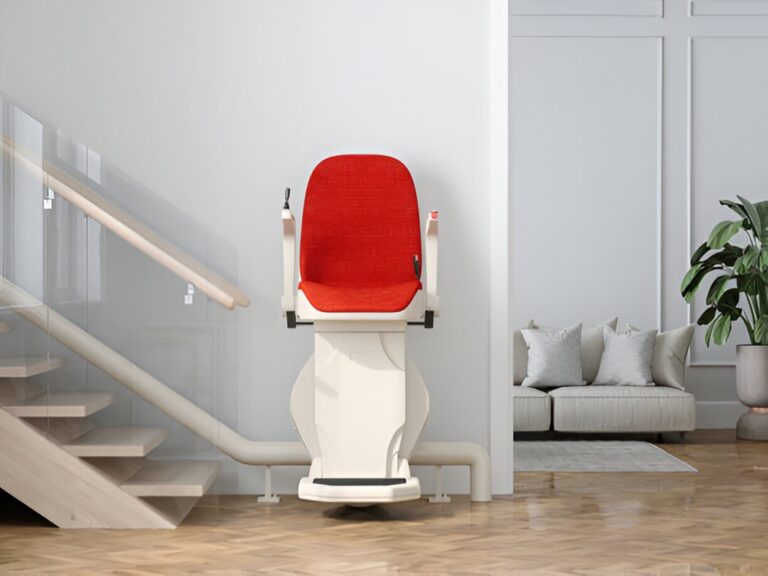As we age or face mobility challenges, ensuring access to all areas of our homes becomes increasingly important. Two popular solutions for enhancing mobility within multi-story residences are stair lifts and home elevators. Each option has its own set of benefits and drawbacks, making it essential to assess which one best suits your needs. This article will explore the key features, benefits, and considerations of stair lifts and home elevators to help you make an informed decision.
Stair Lifts: A Convenient and Cost-Effective Solution
Stair lifts are motorized chairs that travel along a rail mounted to the stairway, allowing individuals to safely ascend and descend stairs. One of the primary advantages of stair lifts is their cost-effectiveness. Generally, stair lifts are more affordable than home elevators, with prices ranging from a few thousand dollars to around $10,000, depending on the model and installation requirements.
Installation is typically less complex, often requiring only a few hours to complete. Stair lifts can be added to almost any staircase, including straight and curved designs. Additionally, they occupy minimal space when not in use, allowing for continued access to the stairs.
Stair lifts also come equipped with various safety features, such as seat belts, sensors that detect obstacles, and swivel seats to aid users in safely entering and exiting the lift. Their ease of use makes them an ideal option for those who have difficulty using stairs but still want to maintain independence in their homes.
Home Elevators: A Luxurious and Versatile Option
Home elevators, while more expensive, offer a different level of convenience and versatility. These enclosed lifts transport individuals between floors and can accommodate multiple passengers or a wheelchair, making them an excellent choice for those with more significant mobility challenges.
The installation of a home elevator is typically more complex and can require structural modifications to your home. Costs can range from $20,000 to over $100,000, depending on factors such as design, size, and the extent of renovations needed. However, home elevators often add significant value to a property, making them an appealing option for homeowners considering long-term investments.
Home elevators provide greater versatility than stair lifts, as they can be used to transport larger items such as groceries or luggage. Additionally, they come with various design options to match your home’s aesthetics, adding a touch of luxury to your living space.
Space Considerations: Which Option Fits Your Home?
When deciding between a stair lift and a home elevator, consider the available space in your home. Stair lifts require a designated area on the staircase, which may not be ideal for narrow or winding stairs. They also require sufficient wall space for the installation of the rail.
On the other hand, home elevators require a dedicated shaft and additional space for the lift mechanism. This may involve significant renovations, particularly if your home was not originally designed for an elevator. If space is limited, stair lifts may be the more practical option.
Future Needs and Accessibility
Another important factor to consider is your current and future mobility needs. If you or a family member experiences gradual mobility decline, a stair lift may suffice in the short term. However, if there are concerns about the potential need for wheelchair accessibility or transporting multiple passengers, investing in a home elevator may be a better long-term solution.
It’s essential to evaluate your specific situation, including current health conditions, future mobility needs, and lifestyle changes that may occur over time. Consulting with a mobility specialist can provide valuable insights into which option best aligns with your requirements.
Ultimately, the decision between a stair lift and a home elevator comes down to individual needs, budget, and home design. Stair lifts offer a more affordable, space-saving solution, while home elevators provide greater versatility and luxury.
Assess your current mobility challenges, future needs, and the layout of your home before making a decision. Regardless of your choice, both stair lifts and home elevators can significantly improve accessibility and enhance the quality of life for individuals with mobility challenges. Ensuring your home is a safe and accessible environment is essential for maintaining independence and comfort.




